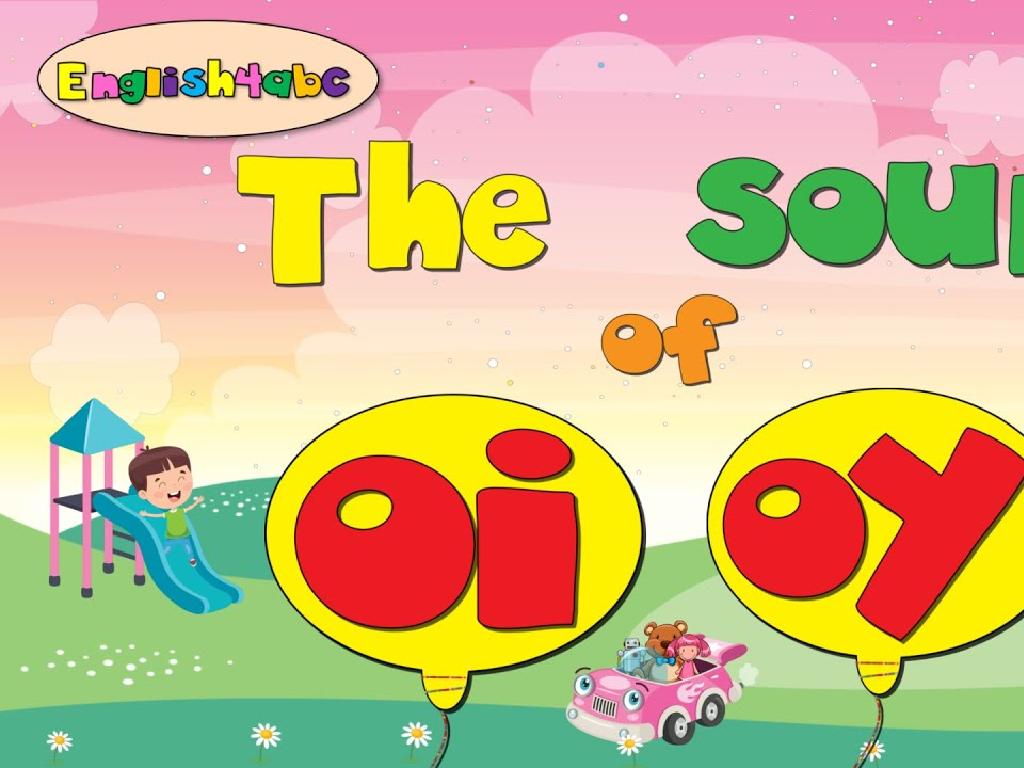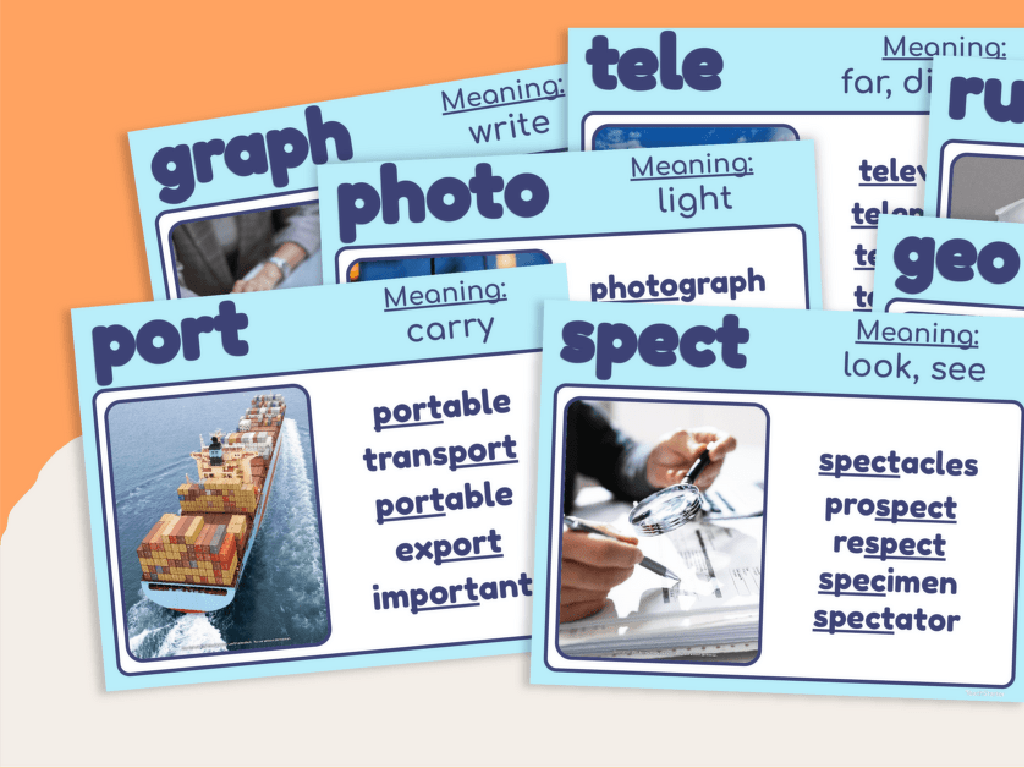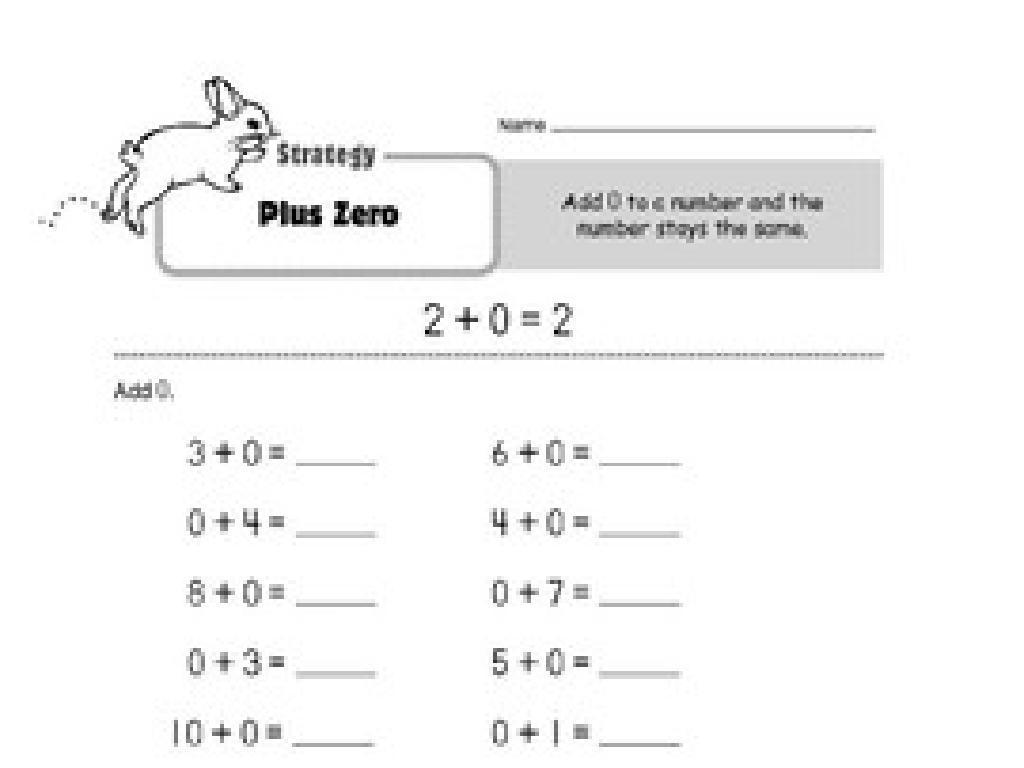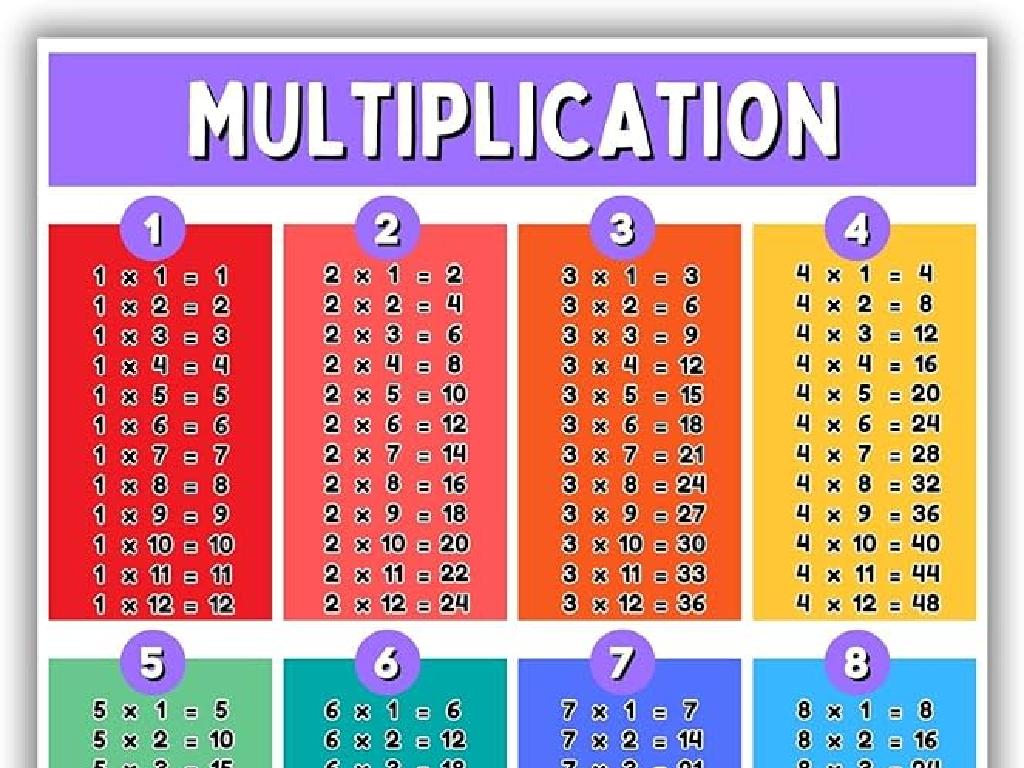Write Equations To Represent Word Problems
Subject: Math
Grade: Fourth grade
Topic: Mixed Operations
Please LOG IN to download the presentation. Access is available to registered users only.
View More Content
Writing Equations from Word Problems
– Explore mixed operations
– Role of each operation
– Addition combines, subtraction removes, multiplication repeats, division shares.
– Crafting equations
– Turn stories into math problems to solve.
– Significance of equations
– Equations help us find answers and understand problems better.
|
In today’s lesson, we’ll embark on an adventure to understand how to write equations from word problems involving mixed operations. We’ll explore the roles of addition, subtraction, multiplication, and division in these problems. It’s crucial for students to grasp that addition combines quantities, subtraction takes away, multiplication involves repeated addition, and division is about sharing or grouping equally. By converting word problems into equations, students can systematically solve for unknowns and make sense of the problem. Emphasize the importance of equations in not only finding answers but also in providing a clear picture of the problem at hand. Encourage students to practice by writing their own word problems and translating them into equations.
Understanding Equations
– Equations as math sentences
– Equations show that two expressions are equal.
– Components of an equation
– They include numbers, operations (+, -, x, ÷), and an equal sign (=).
– Example: 3 + 4 = 7
– This equation means ‘3 plus 4 equals 7’.
|
This slide introduces the concept of equations to fourth-grade students. Begin by explaining that an equation is like a sentence in math that tells us two things are the same or equal. Highlight the parts of an equation: numbers (which can be constants or variables), operations (like addition, subtraction, multiplication, division), and the equal sign, which balances both sides. Use simple examples like ‘3 + 4 = 7’ to illustrate a basic equation. Encourage students to think of equations as statements of fact in math, and emphasize that both sides of the equal sign must have the same value. This foundational understanding will help them when they start to write their own equations from word problems.
Understanding Word Problems
– Word problems are number stories
– Discover math in the story
– Look for numbers, actions, and outcomes in the problem
– Clue words guide operations
– Words like ‘total’ or ‘left’ hint at addition or subtraction
– Practice with examples
– Try solving: ‘If you have 3 apples and get 2 more, how many do you have?’
|
This slide introduces students to the concept of word problems as stories that involve numbers. Emphasize that the key to solving word problems is to identify the mathematical operations hidden within the narrative. Teach students to look for clue words that indicate whether to add, subtract, multiply, or divide. For example, ‘in all’ or ‘altogether’ might suggest addition, while ‘less than’ or ‘fewer’ could indicate subtraction. Provide practice problems and guide students through the process of translating the words into equations, reinforcing the connection between the story and the math.
Clue Words for Operations
– Addition: find the total sum
– Words like ‘total’, ‘sum’, ‘add’, ‘plus’ signal addition
– Subtraction: calculate the difference
– Look for ‘difference’, ‘less’, ‘minus’, ‘remain’ for subtraction
– Multiplication: determine the product
– ‘Times’, ‘product’, ‘multiplied by’ indicate multiplication
– Division: figure out the quotient
– ‘Divided by’, ‘quotient’, ‘per’ are clues for division
|
This slide introduces students to the concept of clue words that help identify which mathematical operation to use in word problems. Understanding these keywords is crucial for translating a written problem into a mathematical equation. For addition, words like ‘total’ and ‘sum’ suggest combining values. Subtraction is indicated by terms such as ‘difference’ and ‘less.’ Multiplication may be identified by ‘times’ or ‘product,’ while division is often associated with ‘divided by’ or ‘quotient.’ Encourage students to look for these clue words in word problems to decide the correct operation. Practice with example problems can reinforce this skill.
Let’s Practice Together: Writing Equations
– Example: Sam’s apple bags
– Sam has 3 bags with 5 apples each
– Identify the operation needed
– Multiplication is used for repeated addition
– Write the multiplication equation
– Equation: 3 bags x 5 apples/bag
– Solve for the total apples
– Multiplying gives us 15 apples in total
|
This slide is an interactive class activity designed to help students understand how to write equations for word problems involving multiplication. Start by reading the example problem about Sam and his apple bags. Ask the students to identify the operation needed by looking for keywords like ‘each’ which often indicates multiplication. Then, guide them to write the equation on their own, emphasizing the importance of including units for clarity. Finally, solve the equation together and confirm the total number of apples. Encourage students to explain their thought process and provide additional similar problems for practice.
Your Turn to Solve: Candy Problem
– Understand Lisa’s candy problem
– Identify the math operations
– Lisa gives away candies, which operation to use?
– Write the equation for the problem
– Equation: 10 – (2 x 3) = ?
– Calculate candies Lisa has left
– Solve the equation to find the answer
|
This slide presents a word problem for the students to solve as a class activity. The problem involves mixed operations, which is a key concept in understanding how to write equations from word problems. Students should first comprehend the problem: Lisa has a certain number of candies and gives some away. Next, they need to determine the operations involved: subtraction for the candies given away and multiplication for the total candies given to friends. The equation representing the problem is 10 – (2 x 3) = Lisa’s remaining candies. Encourage students to solve the equation step by step: first, calculate 2 x 3, which is the total number of candies given away, and then subtract that number from 10. This exercise will help students practice translating word problems into mathematical equations and solving them.
Sharing Our Solutions: Equation Creation
– Discuss our written equations
– Explain choice of operation
– Did the word ‘total’ lead you to add?
– Methods to verify equations
– Use reverse operations to check
– Reflect on our problem-solving
– What did we learn from this exercise?
|
This slide is meant to facilitate a classroom discussion where students share the equations they’ve written to solve word problems. Encourage them to explain why they chose a particular operation (addition, subtraction, multiplication, or division) based on keywords or the context of the problem. Teach them to check their equations by performing the reverse operation or plugging in numbers to see if the equation makes sense. This reflection helps students understand their thought process and solidifies their problem-solving skills. For the activity, consider having students work in pairs to compare equations, discuss different approaches, and learn from each other’s reasoning.
Class Activity: Equation Creators!
– Pair up and create word problems
– Swap problems with another pair
– Write equations for the swapped problems
– Use addition, subtraction, multiplication, or division
– Class review of the equations
|
This interactive class activity is designed to engage students in creating and solving word problems, which helps them understand how to write equations that represent real-life scenarios. Students will work in pairs to create their own word problems, encouraging collaboration and creativity. After creating their problems, they will exchange with another pair, which will provide them with the opportunity to interpret and solve different types of problems. This exchange also allows students to see different approaches to problem-solving. When writing equations for the swapped problems, remind students to identify keywords that indicate which operation to use. As a class, we will review the equations to ensure understanding and correct application of mixed operations. Possible activities for different pairs could include creating word problems based on shopping lists, distances traveled, or combining amounts in recipes.
Conclusion & Homework: Equation Practice
– Excellent work on equations!
– Keep practicing to improve
– Homework: 5 word problems
– Solve problems by forming and solving equations
– Write equations for each
– Show your work and solutions
|
Today, we’ve learned how to write equations from word problems, which is a crucial skill in math. Remember, understanding comes with practice, so it’s important to continue working on this at home. For homework, students are assigned to solve five different word problems. They should write out the equations that represent each problem and then solve them. Encourage students to show all their work step by step and to check their answers. This will not only help solidify their understanding of the concept but also prepare them for more complex problems in the future. In the next class, we’ll review these homework problems and discuss any challenges faced.






